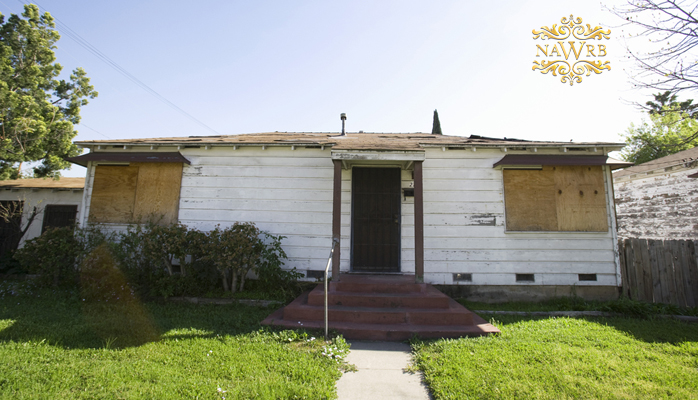Zombie foreclosures are a nationwide issue and according to the Five Star Institute, almost 37 percent of foreclosed homes across the country are abandoned. What are zombie foreclosures and why are they causing a stir in the market?
When a home goes into foreclosure, the owners at times vacate immediately, assuming that the bank will take over. The bank sometimes ignores the paperwork, neglects to transfer the title and abandons the house entirely.
Some of these properties remain vacant for years and negatively impact their neighborhoods. A dilapidated house sticks out among its well-maintained neighbors and reduces the appeal of the area. This dilapidation causes a decline in home prices which negatively impacts neighborhood residents who sell their homes. For instance, the city of Mount Vernon in Westchester County, New York lost approximately $3.9 million in home value due to 19 zombie homes in the area. Apart from causing a reduction in value, such homes also attract disagreeable activity which can make the area less safe for the families living there.
Many cities across the country currently face a serious shortage of homes and with many vacant homes labeled as zombie properties, the situation will likely worsen. According to RealtyTrac’s Q1 2016 U.S. Residential Property Vacancy Analysis, as of February 2016, 1.3 million homes are vacant out of almost 85 million residential properties. This has dropped 9.3 percent from the vacancy analysis for the third quarter of 2015. Metros like San Jose, California and Fort Collins, Colorado have below average vacancy rates of 0.2 percent, Manchester, New Hampshire, Provo, Utah and San Francisco, California come in with 0.3 percent.
A viable solution for reducing zombie properties and increasing inventory is to encourage to complete foreclosure processes and bring homes back into the market. Guidelines provided by the Federal Housing Finance Agency (FHFA) could also play a key role in avoiding such dire situations. The FHFA keeps foreclosure as the final resort and requires “Buyers of non-performing loans to offer loan modifications to borrowers and provide foreclosure alternatives whenever possible.” These guidelines were announced when numerous investors were buying delinquent properties with the intention of renting them out versus selling. Many of these investors also refused loan modifications, thus contributing to foreclosures. The state of Ohio is trying to get a “fast-track foreclosure bill” passed that will help quicken the foreclosure procedure and prevent properties from being left in an indeterminate state.
Other states, especially ones with minimum vacancy rates and rising demand, will benefit from similar fast-track measures that will reduce the number zombie properties and increase availability for potential buyers.

 Login
Login

